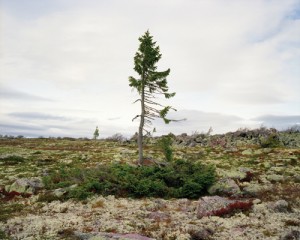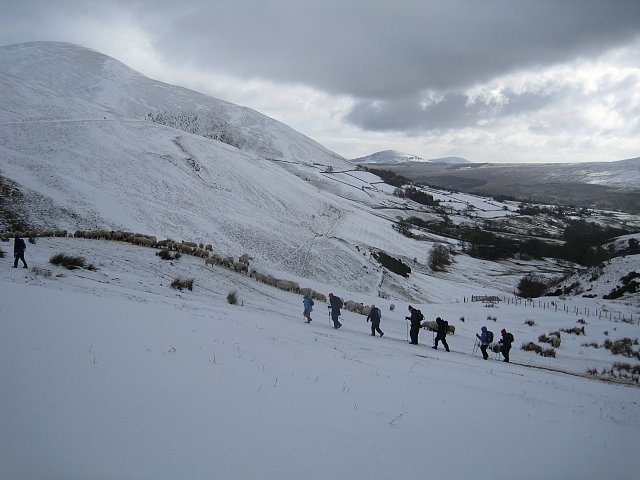It felt like a meditative state began the moment I saw the sharply etched hills against the cerulean and cirrus-clad sky at the edge of town. Feeling drawn to the hills, I pedaled out into the country on the bike.
 Every tree, bush, flower, and cloud seemed to leap forth in the senses. I saw as perhaps never before that meditation can occur anywhere, at any time. The smoky screen of thoughts, images, associations, memories, and plans can fall away in an instant.
Every tree, bush, flower, and cloud seemed to leap forth in the senses. I saw as perhaps never before that meditation can occur anywhere, at any time. The smoky screen of thoughts, images, associations, memories, and plans can fall away in an instant.
Alas, it still usually takes me a period of undirected and undivided observation in nature for the mind to quiet and clear, and the noise and confusion of ‘normal’ consciousness to end. Why is it not normal for the confused and conflicted mind to be secondary?
As I coasted down the dirt path toward the creek, the thistles on a non-native weed that has spread like wildfire in the Central Valley pricked my bare legs. Parts of the path are completely overgrown with them now. But no path worth taking is devoid of thorns.
Normally the smaller of the two creeks that run through town has dried up in the Central Valley’s hot and rainless summer, but this year, late rains and a mild summer have kept the stream flowing later than usual.
A fire swept through the fields a few years ago, and the great, V-shaped sycamore was burned at the base of its trunk. Its large leaves were sparse last year, and fell prematurely, but this year the tree looks a little healthier, and affords more  shade.
shade.
I sit under the smooth and white-barked sycamore on the steep bank of a bend in the creek, and the water burbles over a small cascade below me. The stream sounds predominate over the muted noise of cars in the distance. A couple miles away, I can barely make out vehicles ascending the highway in the direction of Mt. Lassen, which is just over an hour’s drive from here.
How important sound is to awakening meditation! Our ears are omni-directional, and unlike our eyes, we don’t direct hearing as we do vision. Many people, especially we Americans it seems, have the capacity to block out and completely ignore what we don’t want to hear, but that too is subconscious, an acquired habit of hearing impairment that may set in in older age.
When you attend to the sounds all around, you’ll notice that your hearing becomes more acute, and you can hear things, and the meanings they hold, from further away. Listening without will or effort, the mind naturally begins to quiet down. Sound becomes a mirror, and one’s thoughts and emotions can be observed as they arise in the same way that sounds are heard as they arise—without judgment, interpretation, or interference.
Passively and deeply listening to sounds in the present moment is a portal to the timeless and infinite. Listening to every  sound, the meditative state deepens.
sound, the meditative state deepens.
If one allows this process of undirected and undivided listening to go on, one spontaneously enters another dimension of perception and awareness altogether. The separate observer is the first thing to go. That happens not through effort of any kind, but by attention catching the vicious circle of th0ught in the act of splitting off from itself.
Simply seeing the mind dividing itself from itself stops divisive thought in its tracks —at least for a while.
The continuity of thought, which we take as a given, dulls the senses and diminishes the brain. Therefore awakening the meditative state is not a luxury of the leisured classes, nor the special domain of the religiously minded. It has become, in this spiritually assaulting world, a basic health requirement, since the health of the mind and heart largely determine the health of the body.
Consciousness we know is not only killing the elephants in Africa, it is killing the human spirit. A radical change in consciousness is urgently needed.
Most people don’t realize that there is another order of consciousness altogether available to us when we are self-knowing and do our spadework within.
A holy state of awareness and insight begins when the thinker ends, and thought falls silent.
Martin LeFevre

